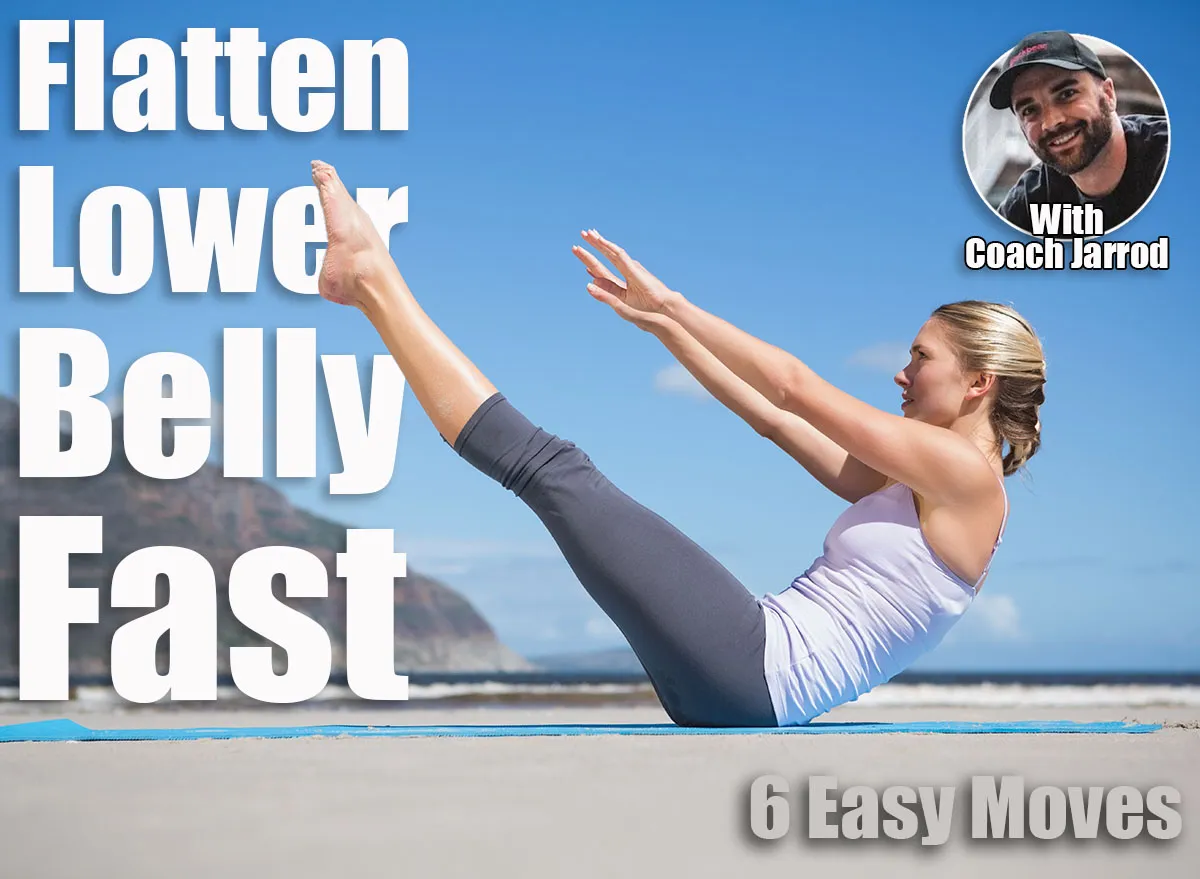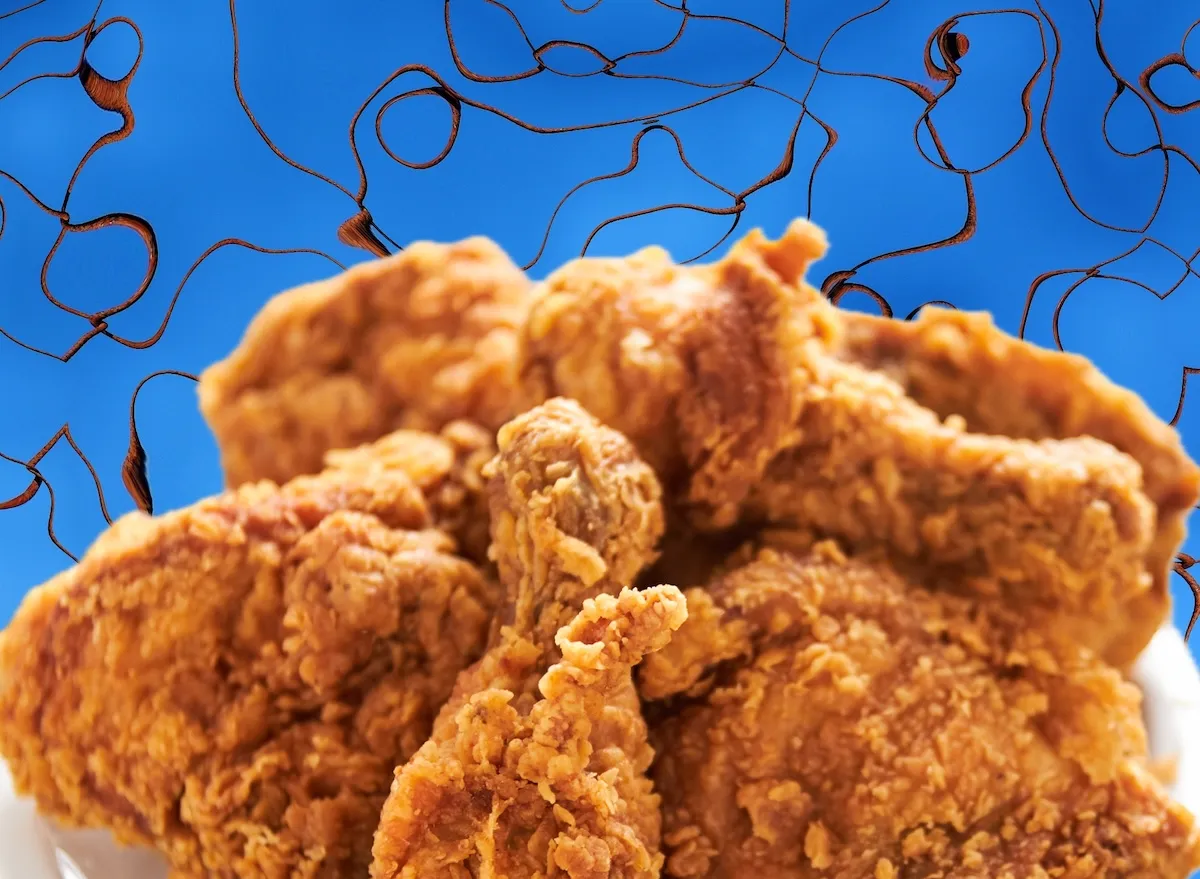Social media is flooded with quick fixes and false promises, but a flatter belly after 50 comes from habits that actually work. Consistency, clean nutrition, and focused training make the most significant impact. A balanced diet filled with lean protein, fiber, and plenty of water supports recovery and helps uncover the muscle definition you’re building. When you fuel your body the right way, every workout delivers greater results.
Most ab routines stop short of real progress because they focus only on the upper abs. The lower abdominal wall often remains undertrained, and that’s where stubborn fat and weakness settle in over time. By focusing on your lower core, you engage the deeper muscles that function like an internal weight belt, pulling your waistline in and enhancing every movement you make.
Strong lower abs do more than flatten your midsection. They stabilize your hips, support your spine, and improve posture, balance, and athletic power. Every lift, step, and twist begins from a strong core, and these muscles keep your foundation solid.
The following six core exercises specifically target your lower belly and deep abdominal layers. With consistent effort and proper form, you can firm your midsection, strengthen your back, and move with the kind of control that defines lifelong fitness.
6 Core Moves to Flatten Your Lower Belly After 50
Reverse Crunch
The reverse crunch effectively targets the lower abs in a way few other exercises can. By curling your pelvis toward your chest, you strengthen the deep fibers that tighten the space below your navel. This movement enhances control through your hips and lower torso, which helps create a flatter and more stable midsection. It also trains your core to resist momentum and keep constant tension where you need it most.
Muscles Trained: Lower abs, hip flexors, transverse abdominis, obliques
How to Do It:
- Lie flat on your back with your hands by your sides.
- Bend your knees to 90 degrees and lift your legs so your thighs are perpendicular to the floor.
- Engage your abs and lift your hips off the ground as you bring your knees toward your chest.
- Slowly lower your hips back down under control.
- Keep your abs tight and repeat for all reps.
Recommended Sets and Reps: Perform 3 sets of 12 to 15 reps. Rest for 45 seconds between each set.
Best Variations: Incline reverse crunch, stability ball reverse crunch, weighted reverse crunch
Form Tip: Move slowly and lift from your core, not your legs.
Flutter Kicks


Flutter kicks create continuous tension through the lower abs, forcing your core to stabilize with every alternating leg motion. This steady engagement helps develop muscular endurance and definition in the lower belly. The rhythmic kicking motion also strengthens your hip flexors and builds control through the lower torso, which tightens your entire abdominal wall over time.
Muscles Trained: Lower abs, hip flexors, transverse abdominis, quads
How to Do It:
- Lie on your back with your legs extended and hands beneath your glutes.
- Lift both legs a few inches off the ground.
- Keep your core engaged and alternate small, quick kicks up and down.
- Maintain steady breathing throughout.
- Avoid letting your heels touch the floor until the set is complete.
Recommended Sets and Reps: Perform 3 sets of 20 to 30 seconds. Rest for 30 seconds between each set.
Best Variations: Resistance band flutter kicks, incline flutter kicks, hands-free flutter kicks
Form Tip: Keep your lower back pressed into the floor for full core engagement.
Deadbugs
The deadbug strengthens the deep stabilizing muscles that support your spine and compress your midsection. It teaches your body to move your limbs while maintaining a tight, controlled core—one of the most essential skills for promoting longevity and preventing injury. Consistent deadbug training enhances lower abdominal strength, coordination, and balance, helping your body stay resilient and capable throughout every decade.
Muscles Trained: Lower abs, hip flexors, obliques, transverse abdominis
How to Do It:
- Lie on your back with your arms extended toward the ceiling.
- Raise your legs so that your knees are bent at a 90-degree angle.
- Engage your abs and slowly lower your right arm and left leg toward the floor.
- Return to the starting position, then switch to the other side.
- Move slowly and keep your core tight throughout the exercise.
Recommended Sets and Reps: Perform 3 sets of 10 reps per side. Rest for 45 seconds between each set.
Best Variations: Weighted deadbugs, stability ball deadbugs, tempo deadbugs
Form Tip: Keep your ribs pulled down and your lower back flat on the floor.
Hanging Knee Raises


Hanging knee raises target the lower abs through a challenging lift against gravity, demanding complete control and stability. This move strengthens the muscles that lift your legs and tighten your midsection while also improving grip strength and shoulder endurance. Training in a hanging position engages multiple muscle groups, strengthening your core for real-world movement.
Muscles Trained: Lower abs, hip flexors, forearms, shoulders
How to Do It:
- Hang from a pull-up bar with your arms fully extended.
- Engage your core and lift your knees toward your chest.
- Hold briefly at the top for maximum contraction.
- Lower your legs under control until fully extended.
- Repeat for all reps.
Recommended Sets and Reps: Perform 3 sets of 10 to 12 reps. Rest for 60 seconds between each set.
Best Variations: Captain’s chair knee raises, straight-leg raises, alternating knee raises
Form Tip: Keep your torso still and avoid swinging for momentum.
V-Ups
V-ups engage your upper and lower abs simultaneously, generating powerful tension throughout your entire core. The simultaneous lift of your legs and torso builds coordination, balance, and strength while tightening the deep muscles beneath your navel. This move builds definition and helps your core work as a single, powerful unit.
Muscles Trained: Lower abs, upper abs, hip flexors, obliques
How to Do It:
- Lie flat on your back with your arms extended overhead.
- Engage your abs and lift your legs and torso together, reaching toward your toes.
- Hold for a moment at the top for full contraction.
- Lower yourself slowly back to the floor with control.
- Maintain a smooth, steady rhythm throughout.
Recommended Sets and Reps: Perform 3 sets of 10 to 12 reps. Rest for 45 seconds between sets.
Best Variations: Bent-knee V-ups, alternating V-ups, medicine ball V-ups
Form Tip: Exhale as you lift to increase abdominal engagement.
Leg Drops


Leg drops strengthen the lower abs through a full range of motion, forcing your core to stabilize your spine as your legs move. The controlled lowering phase builds deep tension across the lower abdominal wall, which helps create a firm, flat midsection. This movement also enhances flexibility through your hips and coordination through your lower body.
Muscles Trained: Lower abs, hip flexors, transverse abdominis, quads
How to Do It:
- Lie on your back with your hands under your hips.
- Lift your legs so they are perpendicular to the floor.
- Tighten your abs and slowly lower your legs toward the ground.
- Stop just before your heels touch the floor, then lift back up.
- Keep your movements slow and controlled.
Recommended Sets and Reps: Perform 3 sets of 12 to 15 reps. Rest for 45 seconds between sets.
Best Variations: Weighted leg drops, single-leg drops, stability ball leg drops
Form Tip: Keep your lower back in contact with the floor the entire time.
How to Flatten Your Belly After 50


Developing a flatter and firmer core after 50 requires a combination of smart training, disciplined nutrition, and daily consistency. These strategies reinforce your results and help maintain lasting progress.
- Fuel With Lean Protein: Prioritize high-quality protein to rebuild and maintain muscle tissue.
- Stay Consistent: Perform your core sessions three to four times a week to maintain steady progress.
- Move Daily: Walk, lift, and stay active to keep your metabolism high and your waistline trim.
- Cut Processed Foods: Minimize your intake of sugar and alcohol to reduce bloating and reveal your muscle tone.
- Hydrate Regularly: Proper hydration supports digestion, metabolism, and energy for workouts.







Leave a Reply